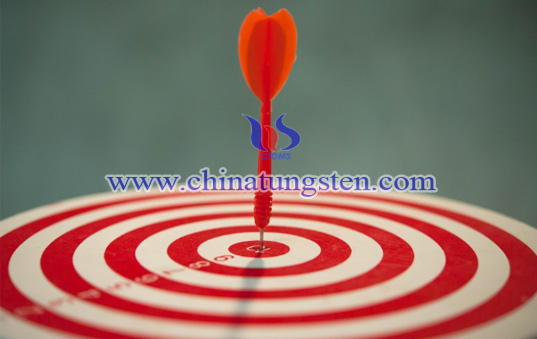El deporte de los dardos comenzó como entrenamiento en las artes marciales del tiro con arco. Los dardos comenzaron en la Inglaterra medieval. Los historiadores suponen, porque no saben con certeza, que aquellos que enseñan tiro con arco acortaron algunas flechas e hicieron que sus estudiantes las tiraran al fondo de un barril de vino vacío.

El hecho de que se usara el fondo de un barril de vino vacío es una pista de cómo el juego se convirtió en un pasatiempo. Se piensa que los soldados se llevaron sus flechas acortadas al establecimiento de bebidas locales para exhibir su habilidad y divertirse al mismo tiempo. Cuando los fondos de los barriles de vino resultaron ser inconvenientes o escasos, algunos inventores lanzadores de dardos trajeron una sección transversal de un árbol de tamaño moderado.
El "tablero" proporcionó anillos, y cuando se secó, las grietas proporcionaron una segmentación adicional. Este tablero agrietado y seco comenzó a evolucionar hacia lo que consideramos el actual tablero de dardos.

A game as fun as darts could not be hidden from the upper classes and they soon put their own stamp on the game. The oft married Henry VIII was reputed to enjoy the game immensely. So much so, that he was given a beautifully ornate set by Anne Boleyn.
Like much of American History, the roots of darts in America can be traced to the Pilgrims. These hardy colonizers were reputed to have played the game on the Mayflower as it made its ocean crossing. Like the game of horseshoes, it was then played avidly in America whenever leisure time was available.
However, darts remained largely an Anglo-American sport until the Victorian age when it was spread world-wide by the great expansion of the British Empire. It seems that the "sun never set on the British Empire". At the same time, there was never a time when a dart was not in the air. Many native populations were exposed to the game and found enjoyment in it.
Around 1900 the rules and darts began to settle into what they are today. Yet according to Christopher G. Carey, author of American Darts Organization Book of Darts, "The international throwing line of 7 ft. 9 1/4 inches was established in the 1970s to make it standard for international competitions; depending on the country (or at times, even the venue), the throwing line was anywhere from 7 ft 6 in. to 8 ft. Also, throughout the early part of the 20th century, there were many different types of dartboards until the 'clock' board became the standard...It really wasn't until after World War II that many of the rules of darts became standardized." Now people all around the world can enjoy the sport of darts in international competitions, in leagues, or in private parties and all be on an equal footing.





